BoJ board member Toyoaki Nakamura warned in a speech today that the economy is still in a “severe state” and outlook was “highly uncertain” with risks skewed to the downside. He added, “the resurgence in infections may have somewhat delayed the timing for when pent-up demand materializes.”
But he’s hopeful that economic activity would strengthen strongly as pandemic impact subsides. Inflation is likely to gradually accelerate as the economy recovers. Also, he expects exports to increase steadily on robust global demand and recovery in capital expenditure.
Separately, Japan is set p expand a state of emergency to 8 more prefectures. That takes the total to 21 out of 47 total prefectures. Economy Minister Yasutoshi Nishimura emphasized, “the most important task is to beef up the medical system.”




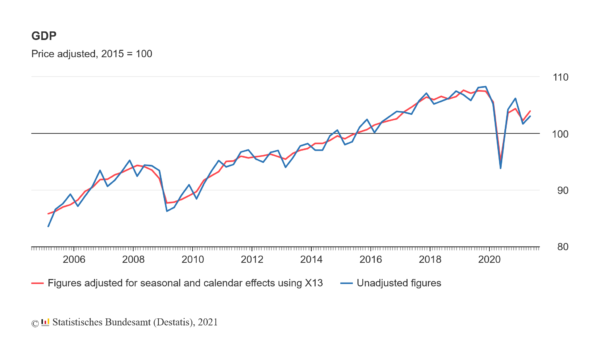
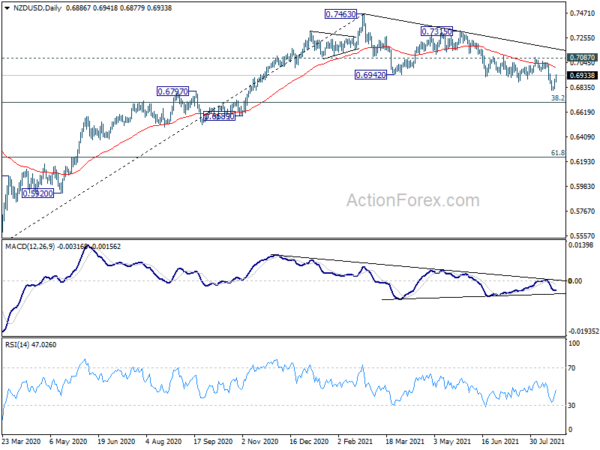
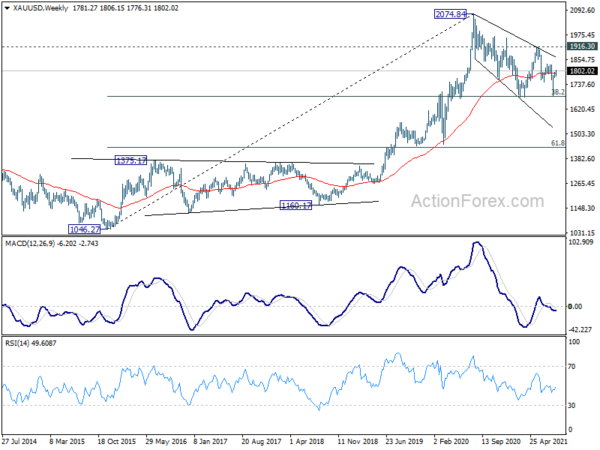
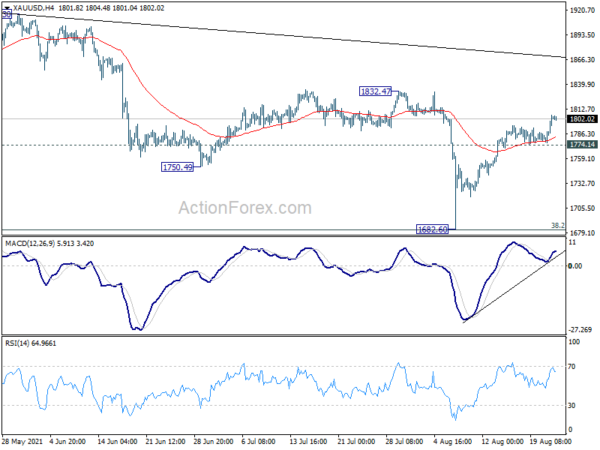
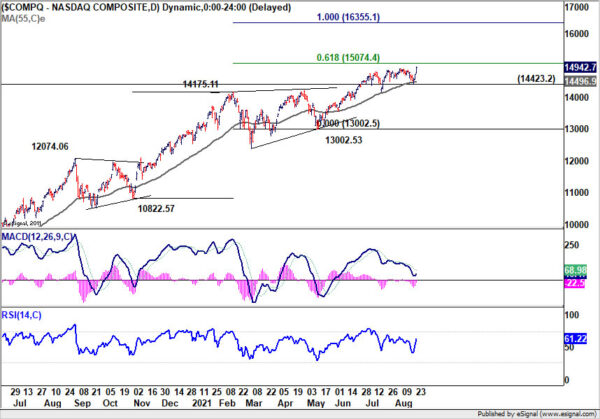
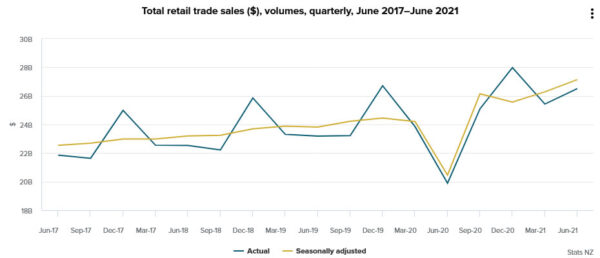
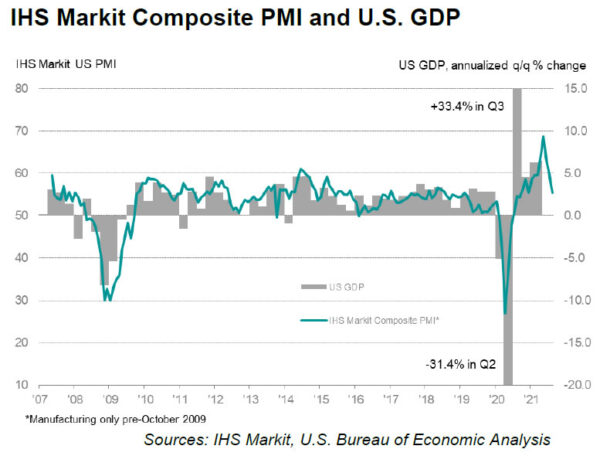
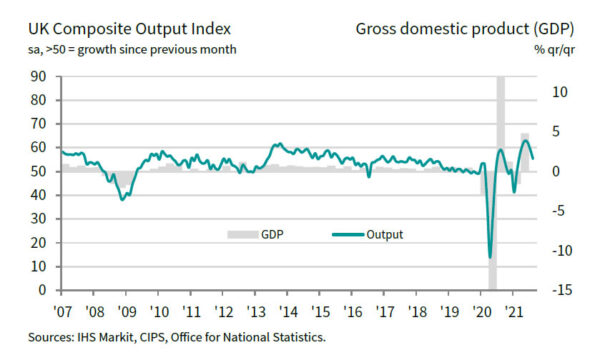
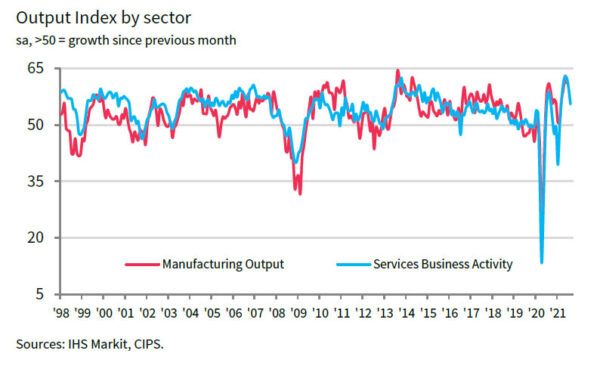
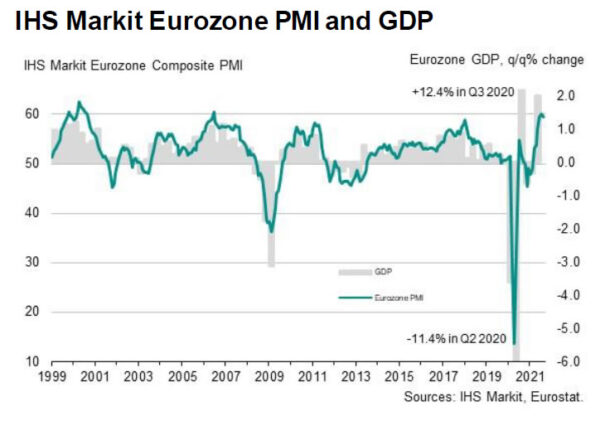
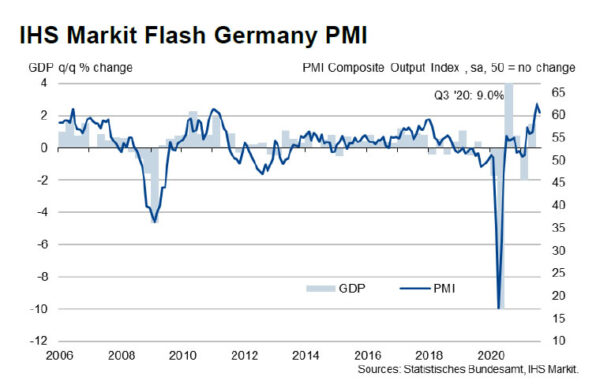
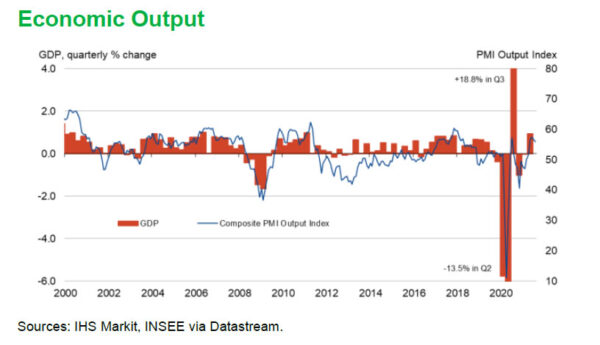
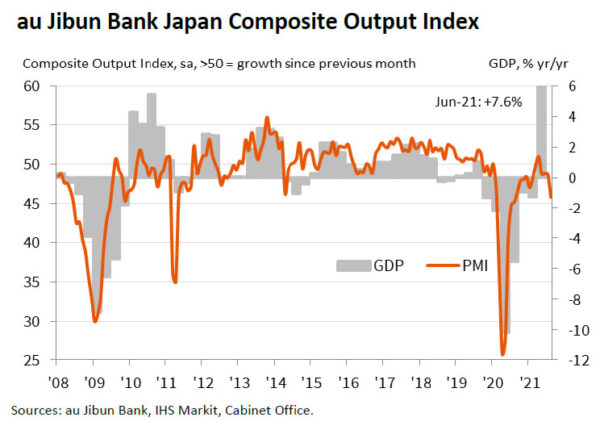
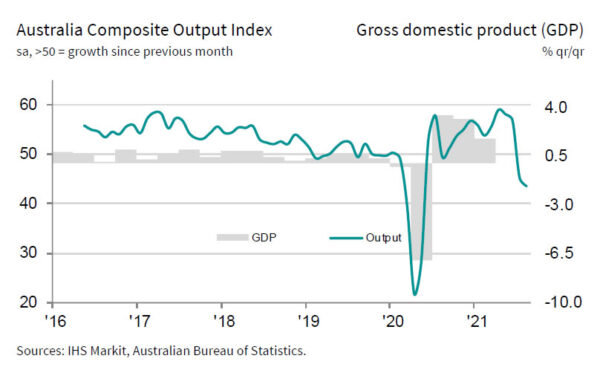
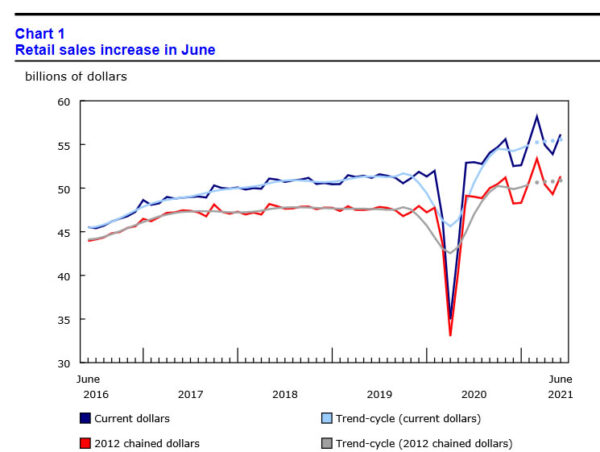
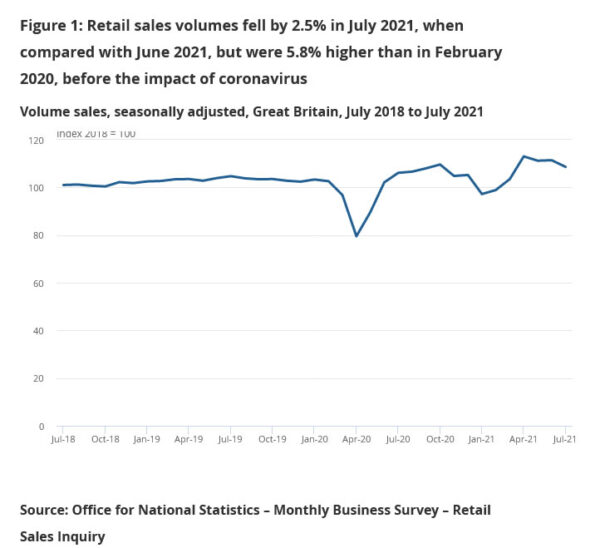
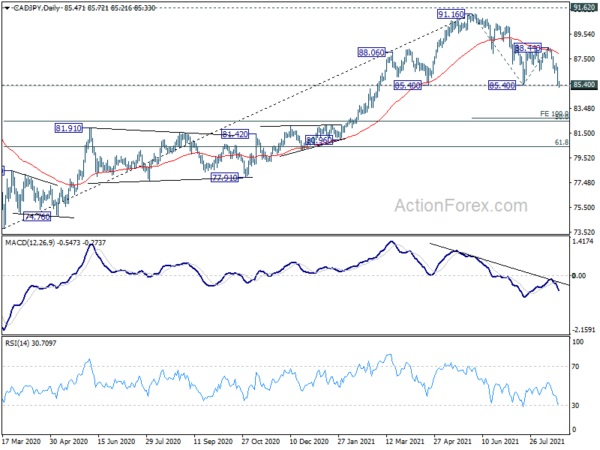
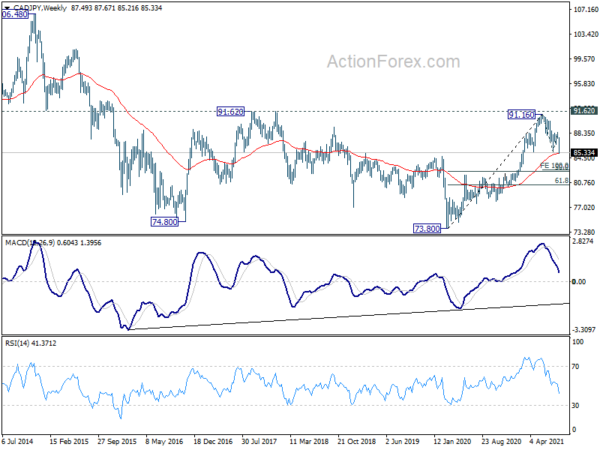
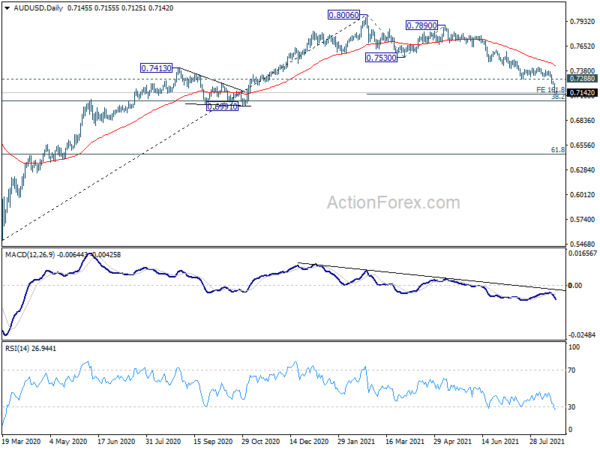

New Zealand goods exports rose 15% yoy in Jul, imports rose 35% yoy
New Zealand goods exports rose 15% yoy to NZD 5.8B in July. Goods imports rose sharply by 35% yoy to NZD 6.2B. Monthly trade balance was a deficit of NZD -402m, versus expectation of NZD 100m surplus.
Exports to all trading partners were up (China +25% yoy, Australia 22% yoy, EU + 7.4% yoy, Japan +26% yoy), except the US (down -2.9% yoy. Imports from all top trading partners were up (China +22% yoy, EU + 38% yoy, Australia + 12% yoy, US + 14% yoy, Japan +71% yoy).
Full release here.